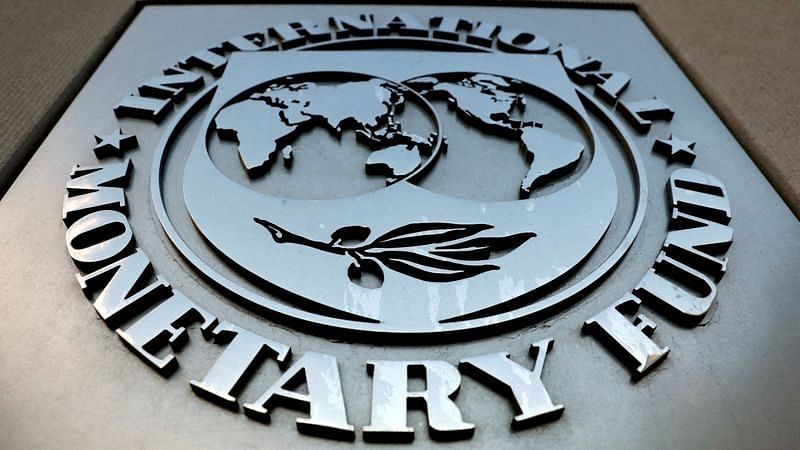New Delhi: The IMF has reached an agreement with the government of Sri Lanka on the second review of the country’s extended fund facility arrangement, paving the way for debt restructuring.
The 2024 Article IV consultation discussions have now ended with the signing of a staff-level agreement between the IMF senior mission chief and the deputy mission chief, IMF said in a press statement.
The agreement is subject to approval by the IMF management and the executive board. The IMF has said that Sri Lanka will have access to $337 million once the executive board completes its review. This will bring the total amount of IMF financial support under the arrangement to $1 billion.
The government of Sri Lanka, it said, has made significant progress in implementing the reform agenda under the extended fund facility arrangement. It added that the IMF has welcomed the government’s efforts in areas such as rapid disinflation, building up reserve strength, and initial signs of economic growth.
The IMF also commended the government for strengthening public finances, which have become more resilient following substantial fiscal reforms.
According to the IMF, the program performance was strong, with all quantitative performance criteria and indicative targets for end-December 2023 met except for the indicative target on social spending.
The IMF has urged the Sri Lankan government to continue its efforts in implementing the reform agenda and also maintain cost-recovery measures in fuel and electricity pricing.
